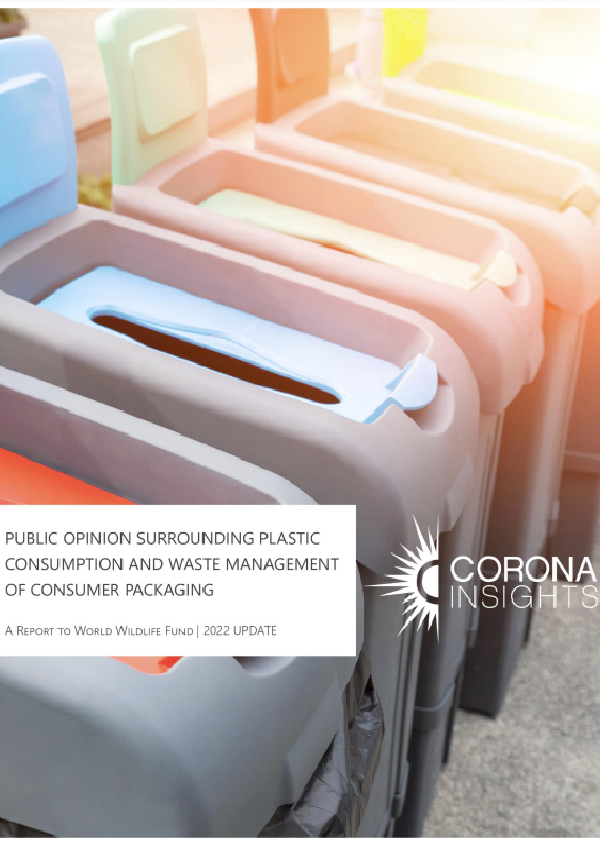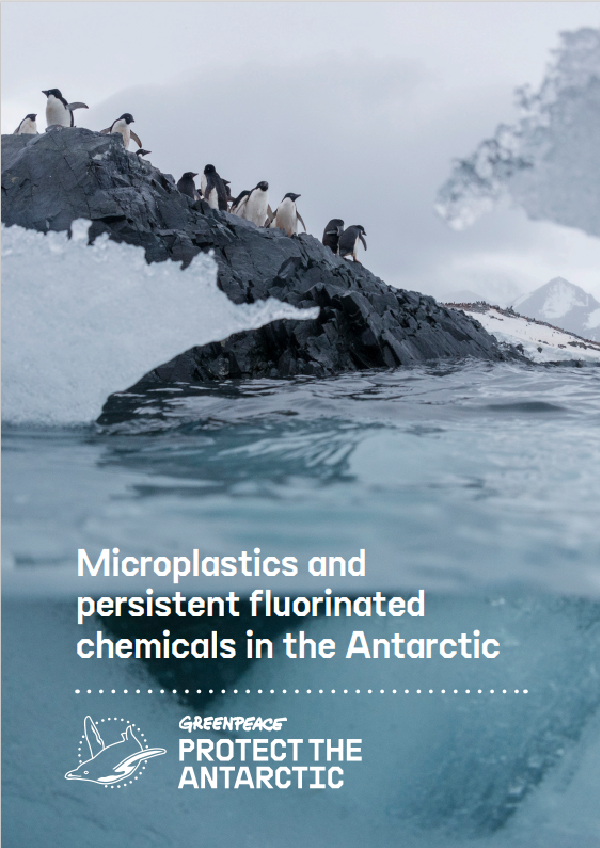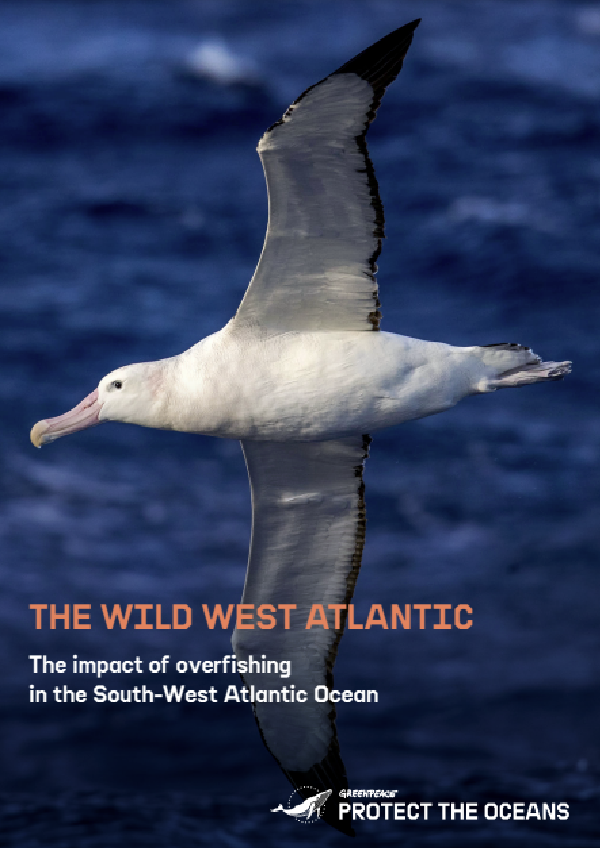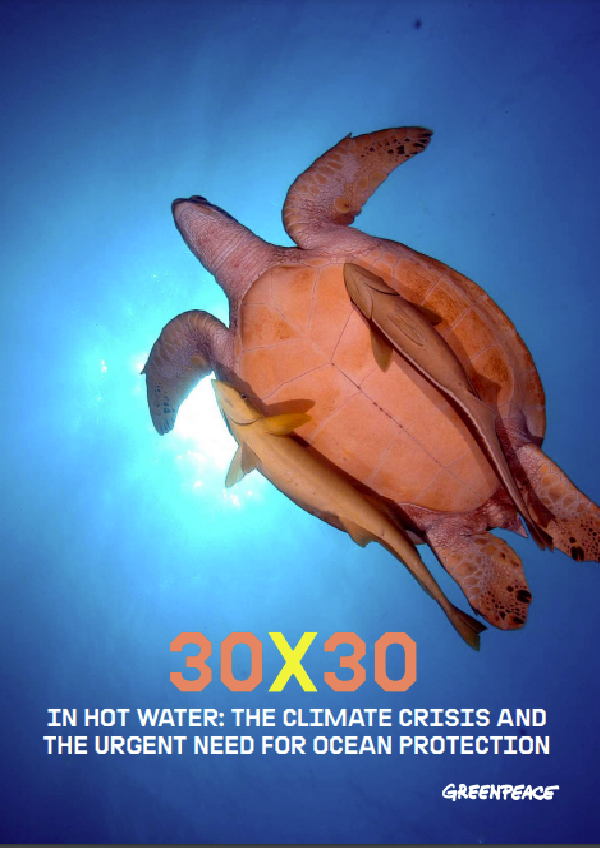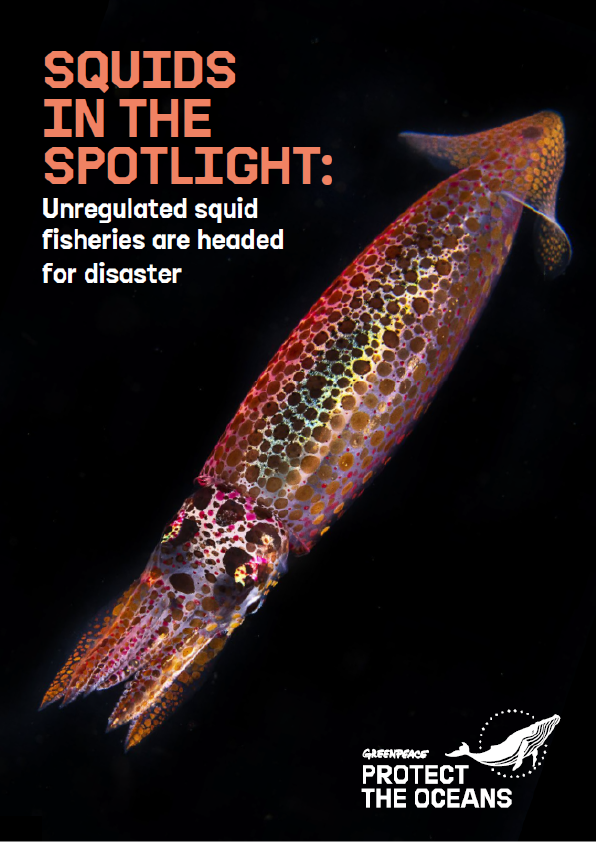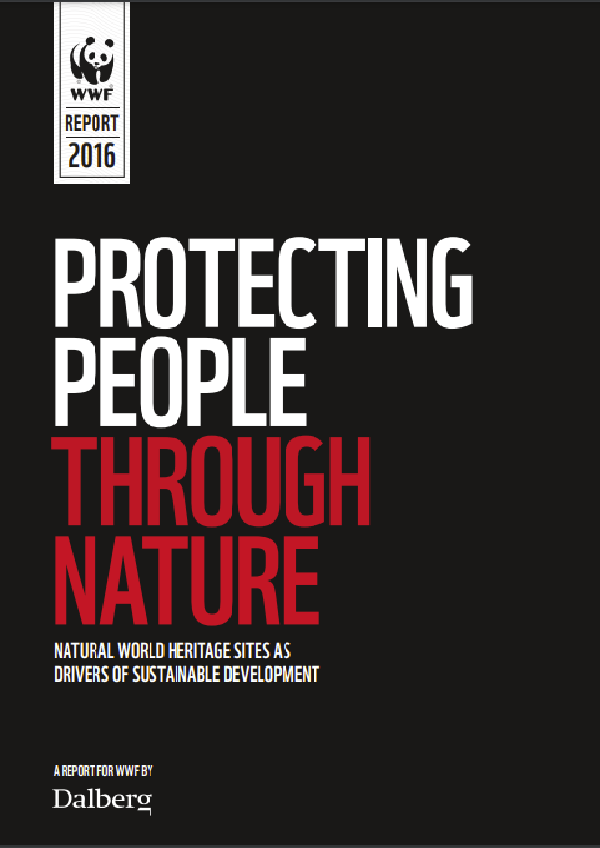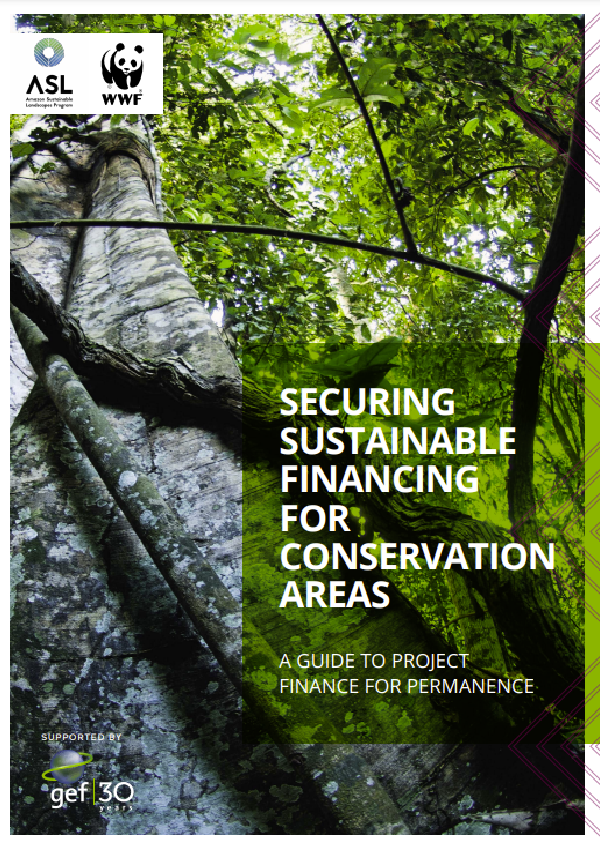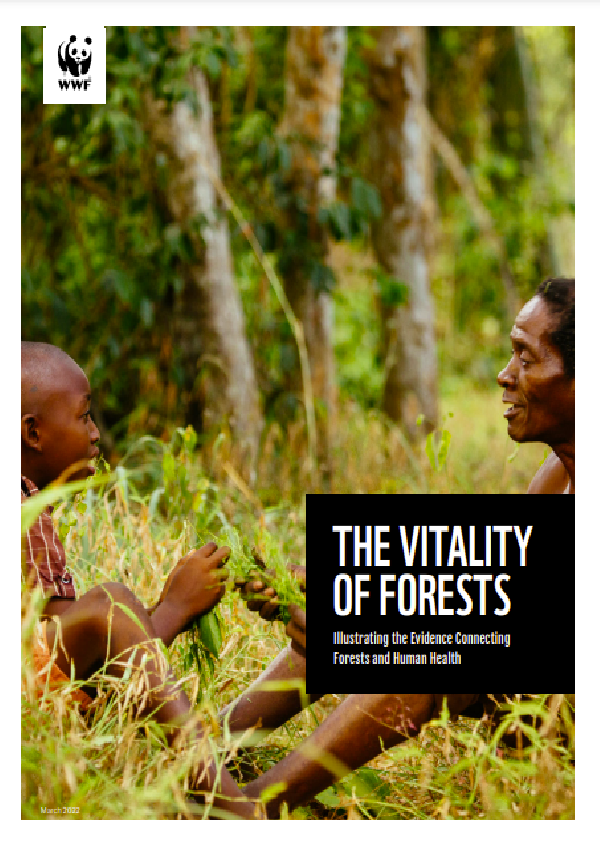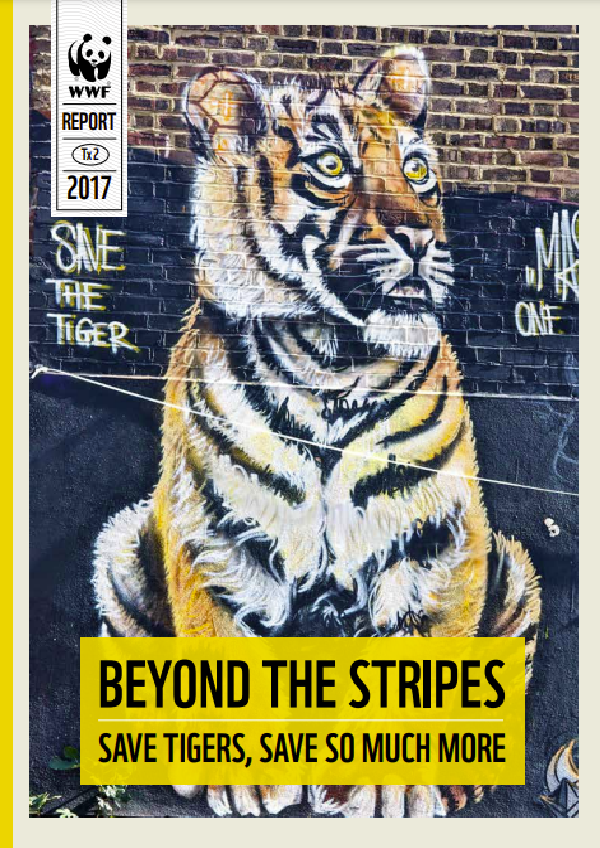WWF has made it a priority to combat plastic waste. To inform this work, WWF retained Corona Insights in 2022 to develop and implement research to understand the public’s awareness of the issue, current behaviors around usage and recycling, and attitudes toward plastics in the United States.
BACKGROUND
World Wildlife Fund (WWF) has made it a priority to combat plastic waste. To inform this work, WWF retained Corona Insights in 2020 and 2022 to develop and implement research to understand the public’s awareness, attitudes, and behaviors around usage and recycling of plastics in the United States. Of particular interest were public views on plastic as a material, especially for consumer-packaged goods. The research also explored support for possible solutions to plastic waste as well as perceptions of the responsibilities of different entities.
The 2022 research also measured changes since the 2020 study. Question wording and survey methodology were held constant to allow accurate comparisons over time.
Though the results of this research can be used to inform messaging and campaigns directed toward the general public, this report was created to primarily inform WWF’s efforts to craft legislation around producer responsibility for plastic waste management by providing a rigorous assessment of the current state of public awareness, opinion, and actions.
METHODOLOGY
Careful consideration was given to the design and sampling plan for this research to ensure the results would be representative of the overall U.S. adult population.
The questionnaire design was informed by a literature review (provided in a separate document in 2020). The survey sample, as in 2020, was a probability-based sample from NORC’s AmeriSpeak® panel. The survey was fielded online between April 27 and May 10, 2022. In total, 1,028 survey responses were included in this analysis.
KEY FINDINGS
01 More Americans now want congress to prioritize addressing pollution from plastic waste, compared to 2020.
23% of respondents chose addressing plastic waste pollution as a top-five issue that congress should address, up from 16% in 2020. Nearly one-third of Hispanic respondents chose addressing plastic waste pollution as a top-five issue. Democraticleaning respondents tended to choose this issue more than Republican-leaning respondents.
02 An overwhelming majority of Americans believe that most of the country’s plastic waste does not get recycled.
Over 75% of respondents believe that none or only a small portion of the plastic waste generated in the U.S. actually gets recycled.
Survey respondents thought their personal plastic waste was recycled at a greater rate than all the U.S. plastic waste generated. But a majority of respondents still believed that none or only a small portion of their personal plastic waste actually gets recycled.
03 Americans are willing to take action to reduce their plastic waste, but many worries their efforts will have a minimal impact.
Across the board, a large majority of respondents expressed a willingness to reduce the amount of plastic waste they generate. Three-quarters of respondents expressed a desire to recycle more of their plastic waste. A large majority of respondents also indicated a preference for plastic products that can be reused (78%) and products with minimal plastic packaging (75%).
Though many Americans are willing to take action to reduce their plastic waste, they also worry their efforts are in vain. Overall, more than 50% of respondents believe their actions will have no impact on the overall amount of plastic waste.
04 Compared to 2020, more Americans now believe that businesses that produce and sell plastic are the most responsible for reducing plastic waste.
More than 50% of survey respondents believe businesses that produce and sell plastic are most responsible for reducing plastic waste. Only 25% of respondents identified individuals who use plastic as most responsible for reducing plastic waste in 2022, a drop from 32% of respondents in 2020.
05 Nearly 50% of Americans have a positive impression of returnable container programs, and an additional 30% have a neutral impression.
A majority of respondents would be likely to try a returnable container program if it was offered at a store or restaurant they frequently visit. Respondents’ likelihood of trying a returnable container program was strongly correlated with their overall impression of these programs – those with positive impressions of these programs would be more likely to try the program if it was offered.
